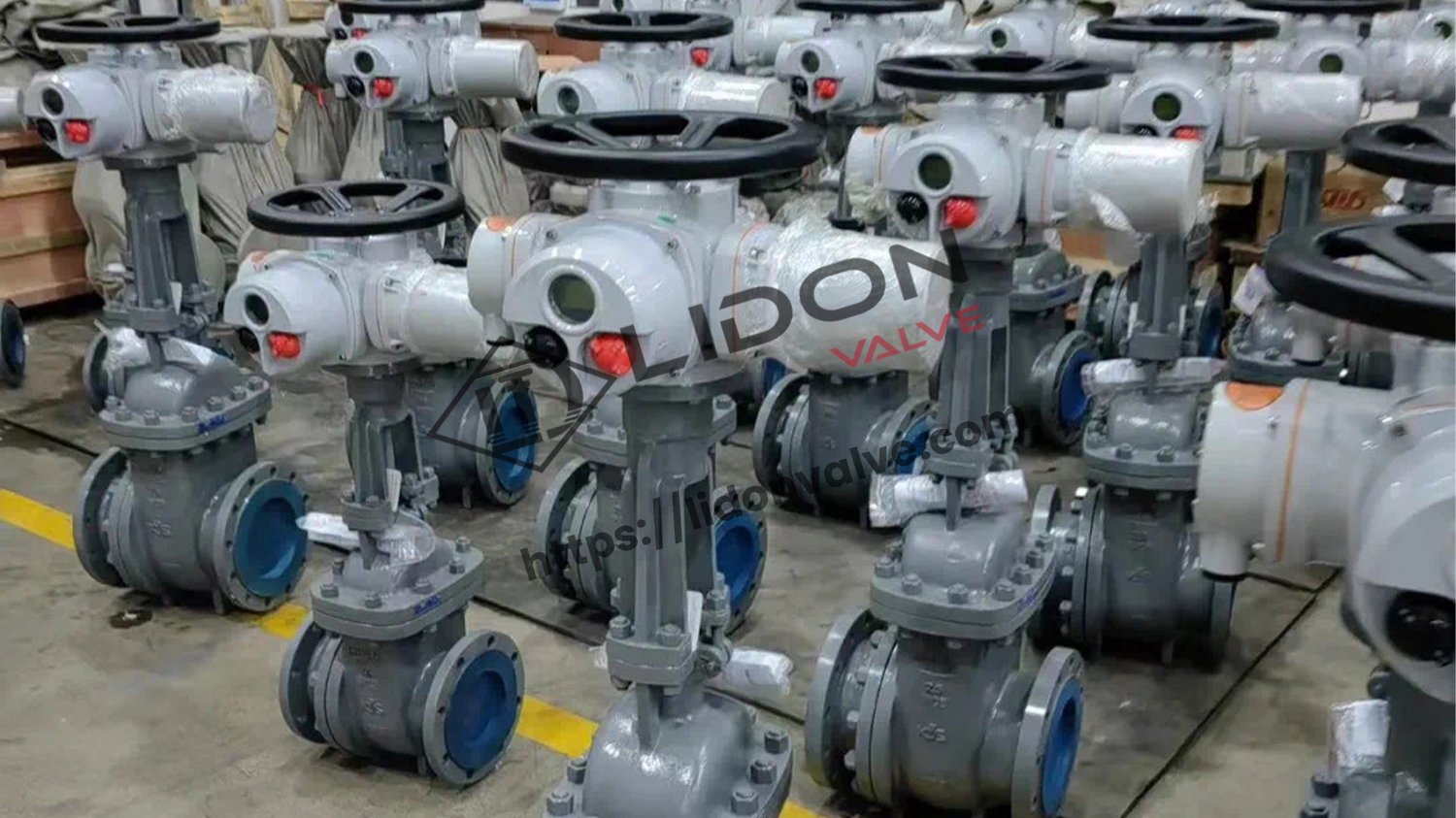How to Know if Your Valve is Stuck and What to Do About It
If you're experiencing issues with your valves, have you considered that they may be stuck? A stuck valve can create a myriad of problems and can be detrimental to your system's performance. In this article, we'll delve into how to check if a valve is stuck, what causes it, and how to fix it.
What Causes Stuck Valves?
Valves can become stuck for several reasons, including debris and sediment getting lodged, corrosion or wear and tear, and poor lubrication. High temperatures and pressure can also cause valves to expand and become stuck.
What are the Signs of a Stuck Valve?
There are a few symptoms of a stuck valve that are easy to spot. For starters, you may notice a significant drop in pressure. You may also hear strange noises coming from your system, such as hissing, banging, or knocking sounds. Finally, you may find that the valve will not turn or move, which is a sure sign that it is stuck.
How to Check a Valve for Stuck Status
To check if your valve is stuck, start by visually inspecting it. Check for any signs of corrosion or wear, and watch for signs of leaks or drips. Next, try to turn the valve; if it won't move, it's likely stuck. Finally, check the valve's pressure to see if it is distributing pressure as it should.
How to Fix a Stuck Valve
If you've determined that your valve is stuck, don't worry; it's a common issue, and there are several ways to fix it. A lubricant can often free up a stuck valve, but be sure to use one that is compatible with the valve and system. In some cases, a simple tap with a wrench or hammer can release the valve. For more severe instances of valve sticking, you may need to replace the entire valve or seek the help of a professional.
How to Prevent Stuck Valves
The best way to minimize the risk of valve sticking is through preventative maintenance. Regularly clean your valves, and perform routine checks to ensure there are no signs of wear or corrosion. Keep your system properly lubricated and ensure that it is running at the appropriate temperature and pressure.
What to Do if Your Valve Sticks Frequently?
If you find that your valve is repeatedly becoming stuck, it may be time to investigate further. There may be underlying issues with your system, such as clogs or corrosion. Alternatively, your valve may not be designed to handle the temperature or pressure of your system. In this case, it could be time to replace the valve altogether.
What are the Risks of a Stuck Valve?
A stuck valve has the potential to cause several problems to both your system and your safety. It can result in a significant drop in pressure, which could cause your system to fail. Additionally, a stuck valve could cause pressure to build up, resulting in an explosion or other safety hazards.
How to Troubleshoot Stuck Valves
When troubleshooting a stuck valve, start by isolating the problem. Check all nearby valves to ensure that they are working correctly. Inspect the valve and surrounding system for signs of damage or wear. Finally, identify possible causes of the valve sticking and determine the best course of action for fixing it.
When Should You Seek Professional Help?
If you've tried the above methods to fix your stuck valve but are still experiencing issues, it may be time to seek professional help. A professional can accurately diagnose the problem and provide a long-term solution that works for your specific system.
Conclusion
Stuck valves can cause several problems to your system, so it's essential to identify and fix any issues as soon as possible. By performing routine maintenance checks, regularly inspecting your valves, and taking preventative measures, you can help your system stay functioning correctly and extend its lifespan.

